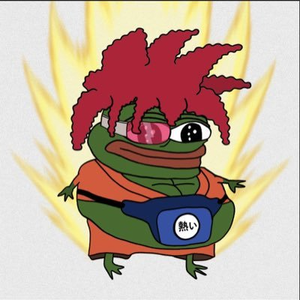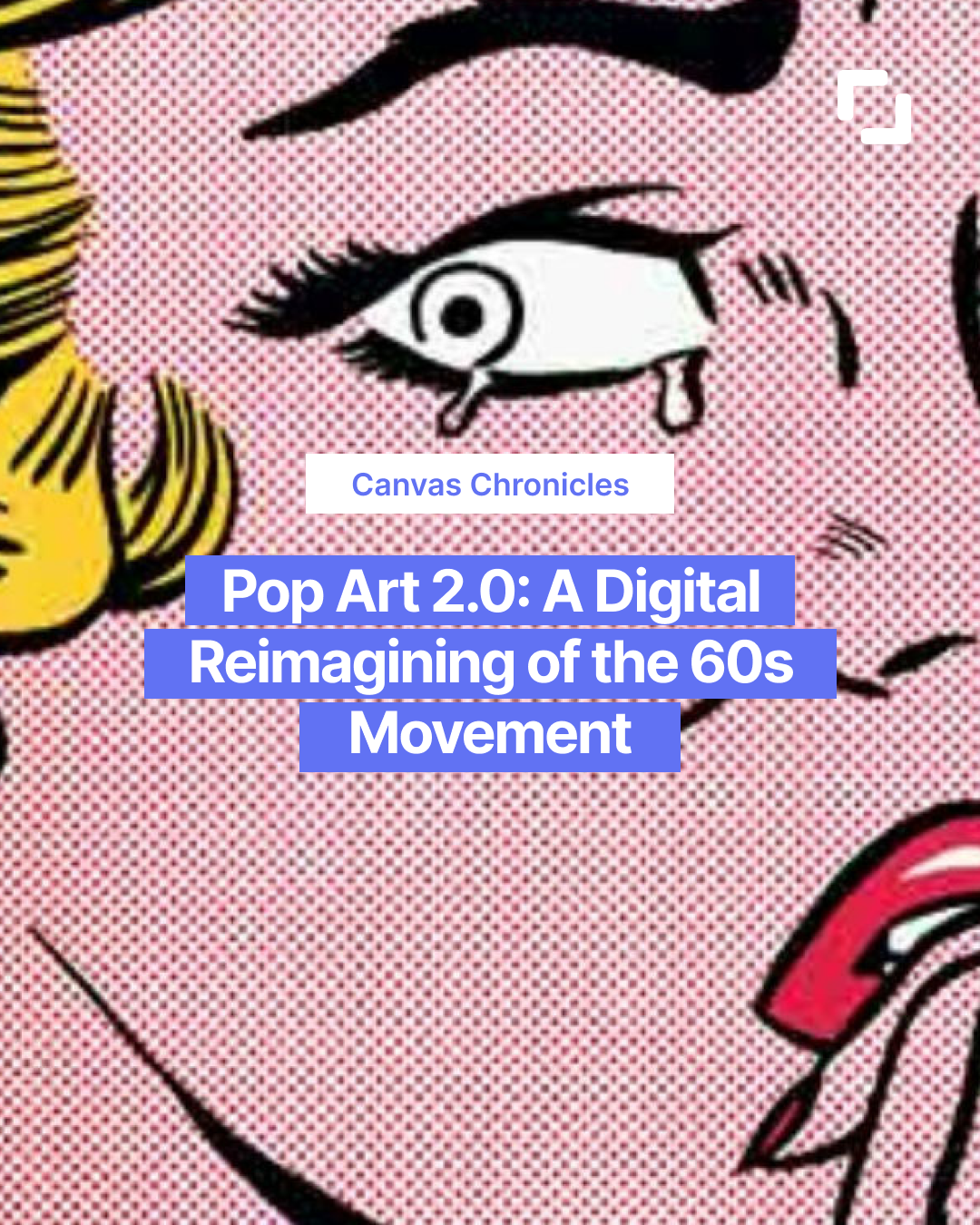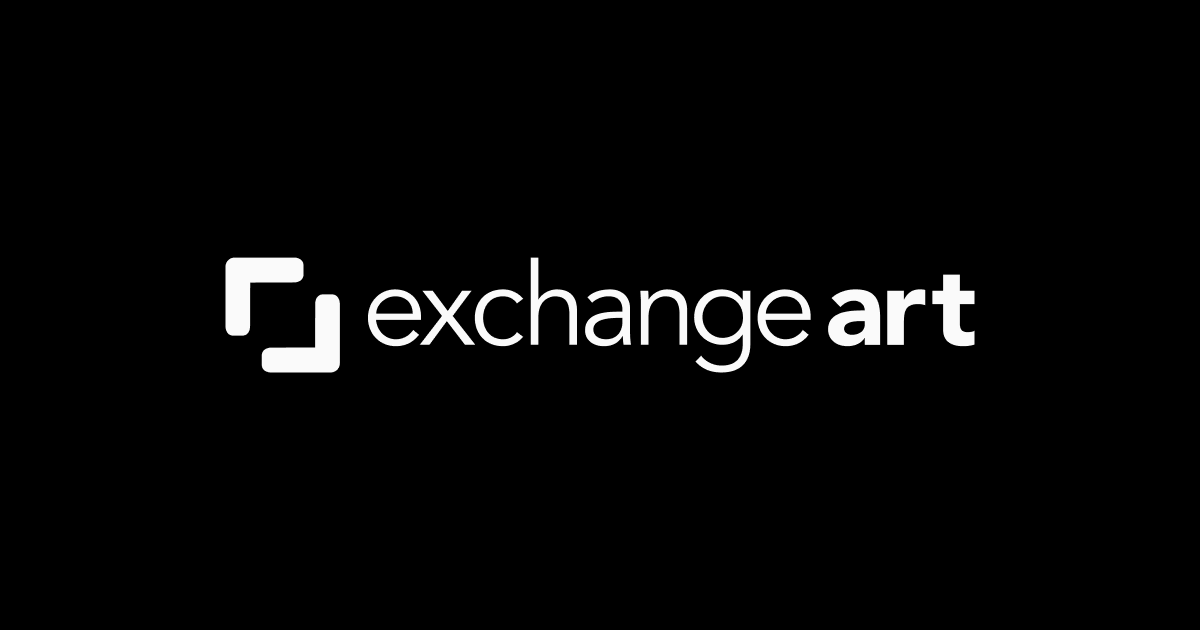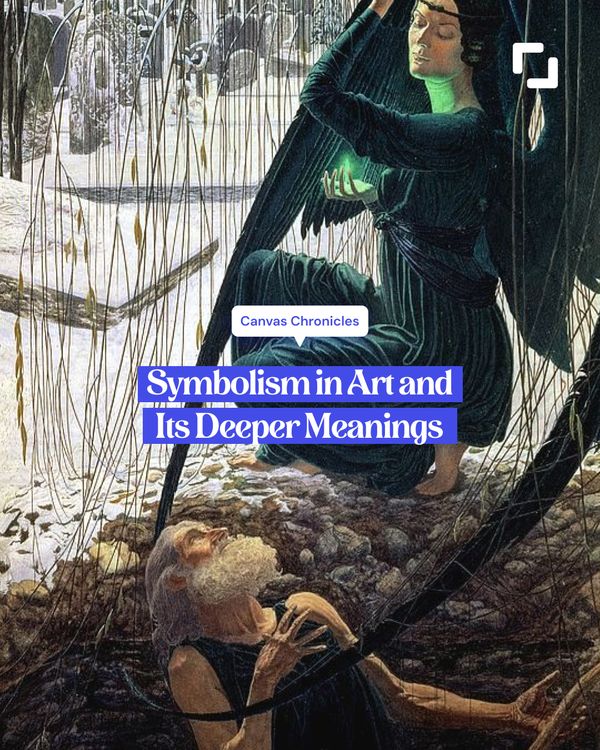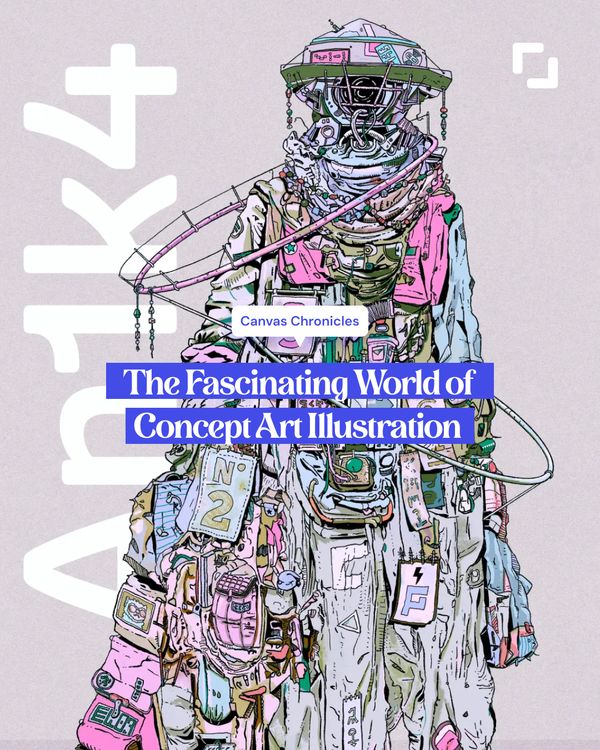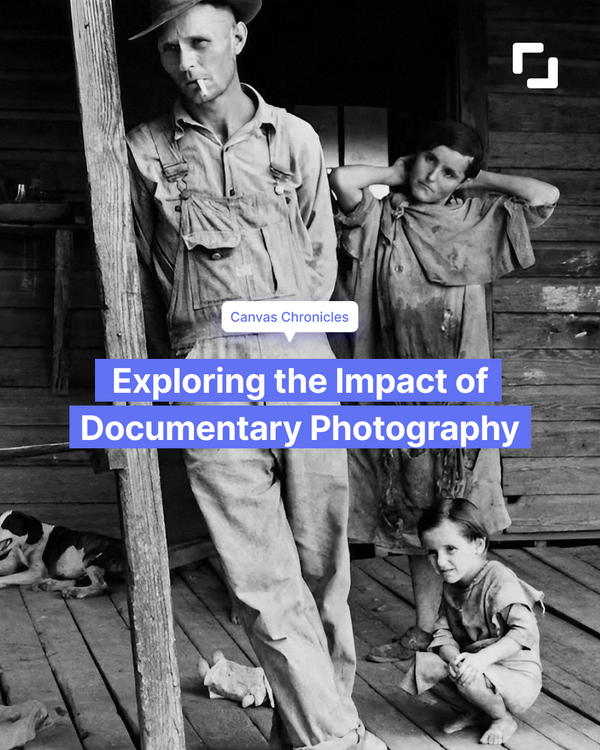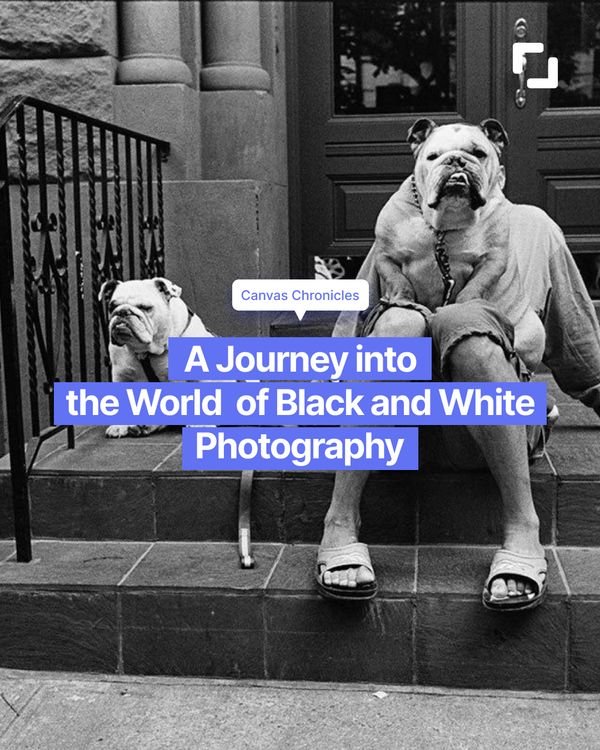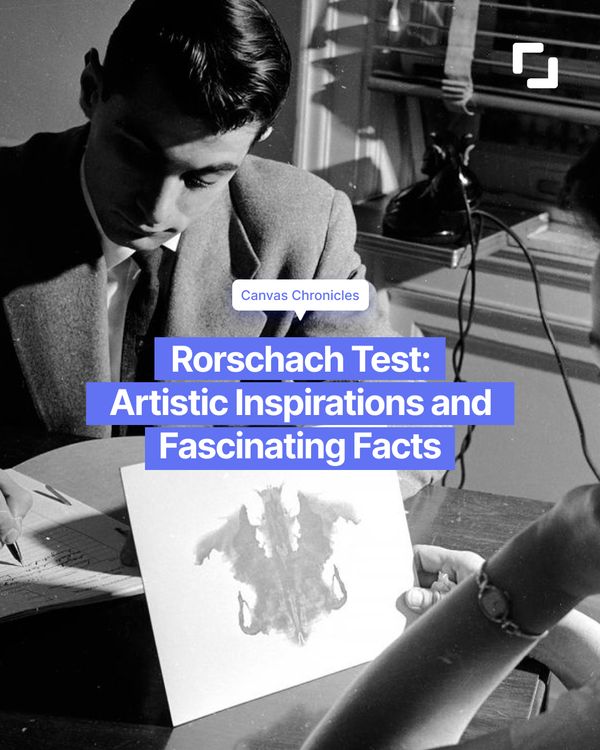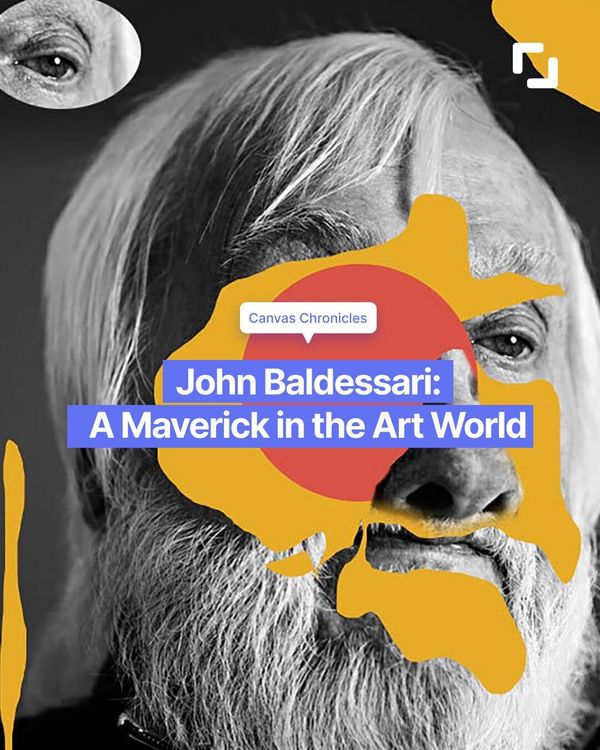Pop art is a vibrant and dynamic art movement that emerged in the 1950s and 60s. It's all about celebrating the everyday, elevating popular culture and mass media imagery to the level of high art. It's bright, bold, and playful, with a healthy dose of irony and satire thrown in.
Pop art it was a response to the rapid changes taking place in society, from the rise of consumerism to the explosion of mass media. It reflected the newfound confidence and optimism of post-war America, but it also critiqued the excesses of modern life.
What makes pop art so enduring is its ability to connect with people from all walks of life. From Warhol's soup cans to Lichtenstein's comic book panels, pop art reminds us that there is beauty in the everyday, and that even the most mundane objects can be transformed into works of art.
One of the most iconic images associated with Pop Art is Warhol's portraits of celebrities, such as Marilyn Monroe and Elvis Presley. These portraits were made using a process called silkscreen printing, which allowed Warhol to reproduce the same image multiple times in different colors. This repetition created a sense of mass production and reinforced the idea that these celebrities were products of the media.
Interestingly, the profile pictures (PFPs) used in the digital art space bear a striking resemblance to Warhol's celebrity portraits. Many digital art creators use bold colors, repetition, and familiar images to create eye-catching and memorable digital assets. And like Warhol's portraits, digital art can be reproduced and shared across the internet, creating a sense of mass production and accessibility.
But the connection between digital art and Pop Art goes beyond aesthetics. Both movements challenge traditional notions of art ownership and value. Pop Art sought to break down the barriers between high and low culture, while digital art challenge the idea that physical objects are the only things with value. By creating a new market for digital assets, digital art are expanding our definition of what art can be and who can own it.
The correlation between digital art and Pop Art is a fascinating intersection of art history and digital innovation. Both movements use repetition, bold colors, and familiar imagery to challenge traditional ideas about art ownership and value. And while digital art are still in their early stages, they have the potential to shape the future of art in exciting and unexpected ways.
So next time you're walking down the street, take a moment to appreciate the pop art all around you. From billboards to cereal boxes, it's everywhere you look. And who knows, maybe one day you'll be inspired to create your own pop art masterpiece and minting it as a digital art.
What's POPing on Exchange Art?
1. CalPoly by Artnesh
Artnesh totally nailed this art style with CalPoly quoting what seems to be a reminiscent image of Andy Warhol's Campbell's Soup Cans.


2. City Pop City #1 by Rated Studio
Flat surfaces with fearless colors, black contour, and catchy composition, this artwork called City Pop City #01, created by Rated Studio, checks every box of Pop Art style.

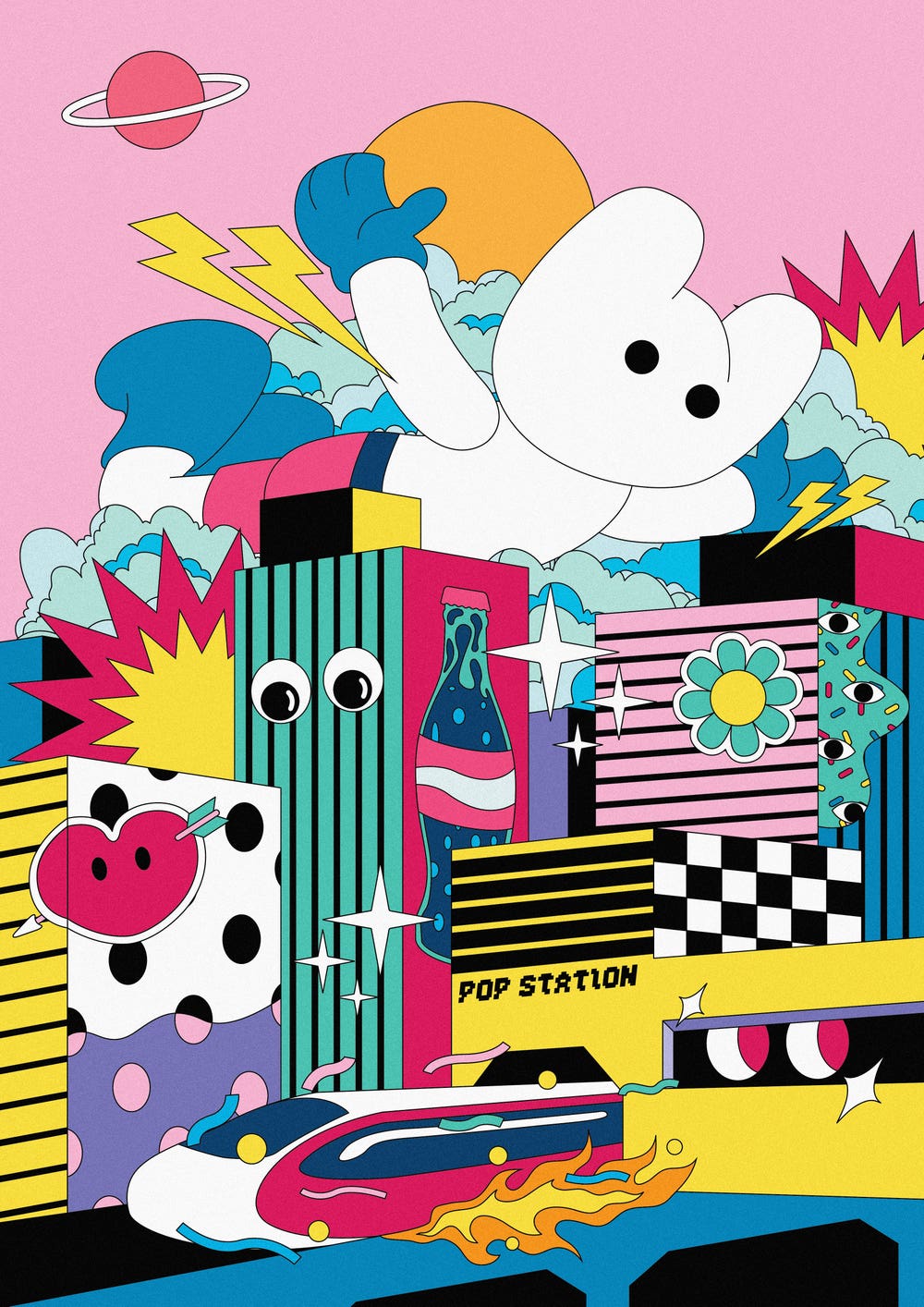
3. Glass by Eriksonap
Definitely a POP of colors, this artwork called Glass by Eriksonap is giving us 60s psychedelic vibes. With the silkscreen texture, the bright and bold colors, the distorted eye, this photography is truly amazing!


4. Always Above by Konak
This portrait depicts long, white hair that make us think about Warhol’s self-portraits and his distinctive silver wig. The exaggerated makeup, the pops of pink, blue, and yellow, and the dynamic lines put us face to face with a Pop art piece.


5. Queen of Hearts 1/1 by 3D_xploreID
You could totally wear this in Studio 54 and smash the Pop Art style. This compositions includes all the goodies from the 60s. From strong colors to funky patterns, it all screams confidence and fun!




